Welcome to our free classical music site

Do you write about classical music? Are you a blogger? Want to team up with Classical Connect? Send us a message, let's talk!

Do you write about classical music? Are you a blogger? Want to team up with Classical Connect? Send us a message, let's talk!
This Week in Classical Music: January 25, 2021. Calendar Quirks. Why couldn’t Fate be more even-handed? She, the Greek goddess of Time, is responsible for our lives, the moments we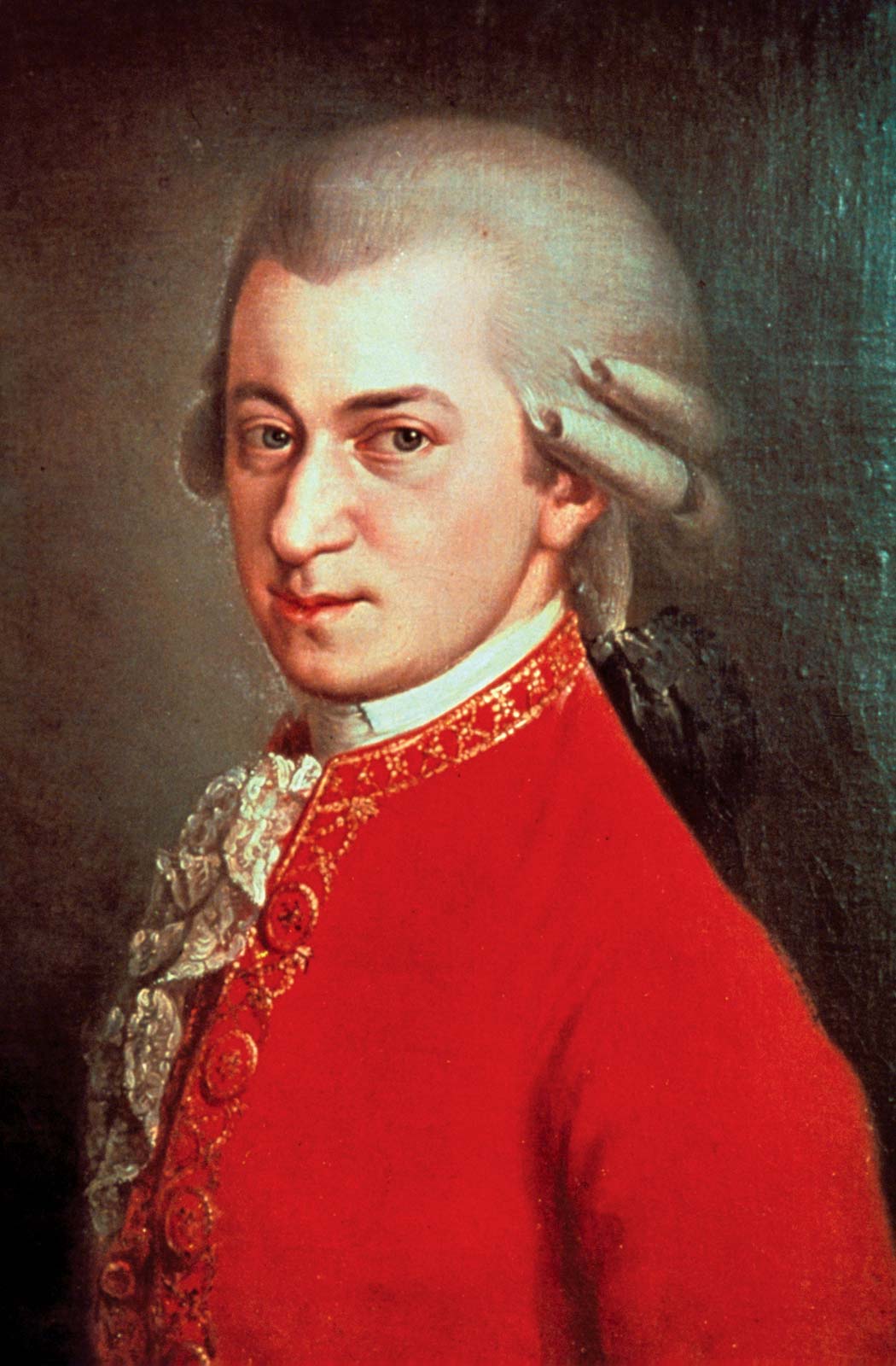 are born and die, so why couldn’t she spread geniuses more evenly? Take 52 of them – and there have been at least that many since the time of Josquin – and just deliver them once a week! But no, she’s capricious or doesn’t pay enough attention to these things. So, four days after Mozart’s birth on January 27th she gives us Schubert! And even that is not enough for her: just next to them she places two important composers of the 20th century: the Polish Witold Lutoslawski and Luigi Nono, an Italian. And then Édouard Lalo of the Symphonie espagnole fame and John Tavener, the Brit made popular by his minimalist Orthodox music. Clearly, she wasn’t done with this week, as, for good measure, she placed two great pianists, Arthur Rubinstein and John Ogdon within it too. And she seems to be keen on the cello because Jacqueline du Pré and Lynn Harrell, who unfortunately left us last year, were also born this week. And
are born and die, so why couldn’t she spread geniuses more evenly? Take 52 of them – and there have been at least that many since the time of Josquin – and just deliver them once a week! But no, she’s capricious or doesn’t pay enough attention to these things. So, four days after Mozart’s birth on January 27th she gives us Schubert! And even that is not enough for her: just next to them she places two important composers of the 20th century: the Polish Witold Lutoslawski and Luigi Nono, an Italian. And then Édouard Lalo of the Symphonie espagnole fame and John Tavener, the Brit made popular by his minimalist Orthodox music. Clearly, she wasn’t done with this week, as, for good measure, she placed two great pianists, Arthur Rubinstein and John Ogdon within it too. And she seems to be keen on the cello because Jacqueline du Pré and Lynn Harrell, who unfortunately left us last year, were also born this week. And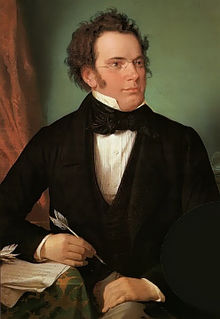 just to top it off, she decided that Wilhelm Furtwängler, one of the greatest conductors of the 20th century, should also be born this week.
just to top it off, she decided that Wilhelm Furtwängler, one of the greatest conductors of the 20th century, should also be born this week.
There is not much we could say about this cornucopia, but we can play some music. Here is one pair: the 1961 recording of Arthur Rubinstein playing Mozart’s Piano Concerto no. 20 with Alfred Wallenstein conducting the RCA Victor Symphony Orchestra. And here is another: Wilhelm Furtwängler conducts Schubert’s "Unfinished" symphony. The recording, with Furtwängler’s Berlin Philharmonic Orchestra, was made live in 1953. We would’ve loved to play Franz Schubert's Piano Sonata in C minor, D.958 in John Ogdon’s performance – we know that he made that recording in 1972 – but we don’t have access to it. We’d love to share it with you some day.Permalink
This Week in Classical Music: January 18, 2021. Duparc and Elman. Last year this week we celebrated Johann Hermann Schein and Farinelli. Some years ago it was the Russian composer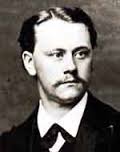 of French descent César Cui and two real Frenchmen, Ernest Chausson and Emmanuel Chabrier (here). And we’ve written about Henri Dutilleux several times (for example, here, here and here). All these composers (and the famous castrato) had their birthdays this week. But, as always, there are several musicians which we, for one reason or another, had left out. One is the composer Henri Duparc. Duparc was born in Paris on January 21st of 1848. He studied with César Franck, to whom he dedicated several compositions, for example this symphonic poem, Lénore. Duparc’s best known pieces are his “art songs,” most of which he wrote around 1870. Here’s Phidylé, sung by Renée Fleming, and here Natalie Dessay sings Supir. At the age of 37 Duparc developed certain mental problems that at the time were diagnosed as "neurasthenia” and stopped composing. He was not mad in the usual sense, it is very likely that his problems were of a physical nature: some suggest hyperaesthesia, an extreme sensitivity of the skin. He moved to the south of France and led a quiet life, and eventually moved to Switzerland. He took up painting as a hobby and spent time with his family. But there were more problems to come: around the turn of the century, he started losing his eyesight and soon went completely blind. Later in his life he destroyed much of his music, leaving only about 40 compositions. Whatever is left is of a remarkably high quality: listen, for example, to this wonderful song, Chanson triste, performed by Elly Ameling. Duparc died on February 12th of 1933 in Mont-de-Marsan, completely blind and partially paralyzed. He was 85.
of French descent César Cui and two real Frenchmen, Ernest Chausson and Emmanuel Chabrier (here). And we’ve written about Henri Dutilleux several times (for example, here, here and here). All these composers (and the famous castrato) had their birthdays this week. But, as always, there are several musicians which we, for one reason or another, had left out. One is the composer Henri Duparc. Duparc was born in Paris on January 21st of 1848. He studied with César Franck, to whom he dedicated several compositions, for example this symphonic poem, Lénore. Duparc’s best known pieces are his “art songs,” most of which he wrote around 1870. Here’s Phidylé, sung by Renée Fleming, and here Natalie Dessay sings Supir. At the age of 37 Duparc developed certain mental problems that at the time were diagnosed as "neurasthenia” and stopped composing. He was not mad in the usual sense, it is very likely that his problems were of a physical nature: some suggest hyperaesthesia, an extreme sensitivity of the skin. He moved to the south of France and led a quiet life, and eventually moved to Switzerland. He took up painting as a hobby and spent time with his family. But there were more problems to come: around the turn of the century, he started losing his eyesight and soon went completely blind. Later in his life he destroyed much of his music, leaving only about 40 compositions. Whatever is left is of a remarkably high quality: listen, for example, to this wonderful song, Chanson triste, performed by Elly Ameling. Duparc died on February 12th of 1933 in Mont-de-Marsan, completely blind and partially paralyzed. He was 85.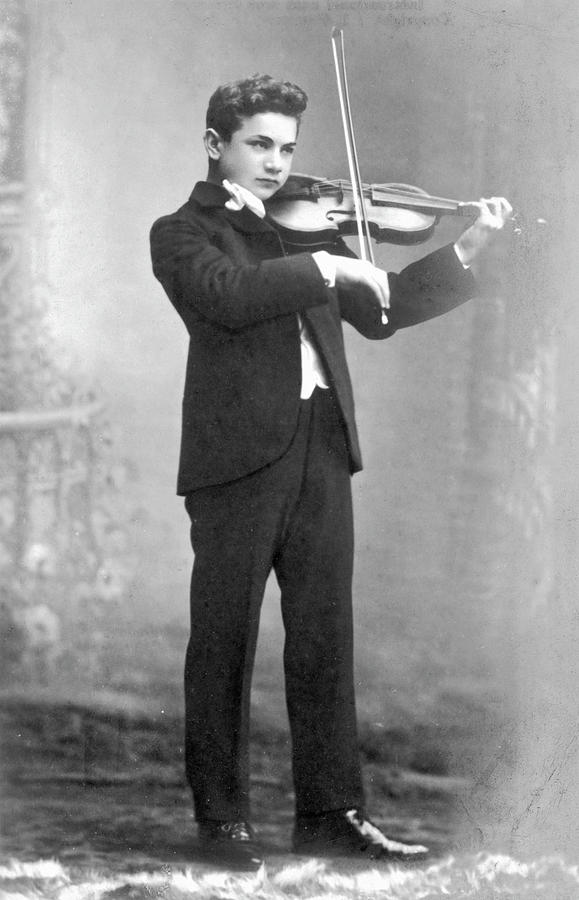
One of the most interesting violinists of the 20th century, Mischa Elman was also born this week, on January 20th of 1891, in a small town of Talnoye not far from Kyiv. From 1897 to 1902 he studied the violin in Odessa with the virtuoso violinist and teacher Alexander Fiedemann. In 1903 he so impressed the visiting Leopold Auer that the famed pedagogue took Mischa to St. Petersburg to study in his class at the capital’s conservatory. One year later he gave a highly successful concert in Berlin, then premiered in London and in December of 1908, in New York. By then he had already established himself as one of the greatest violinists of the era. Elman settled in New York in 1911.
Elman’s career reached its zenith during the years when recordings were still not widespread and few of them were reissued on CDs. His playing was “romantic” but he had great taste; his sound was of incomparable beauty. You can hear it for yourself in this recording from 1959 of Massenet’s Meditation from Thais. Mischa Elman died in New York on April 5th of 1967.Permalink
his Week in Classical Music: January 11, 2021. Some history. The somewhat unexpected fact that one fifth of the 21st century has already passed moved us to contemplate the place of classical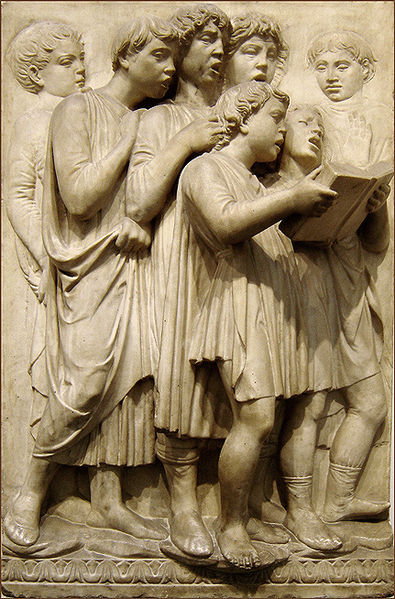 music in our own time, and to compare it to where it was in centuries past. What was the first fifth of the 19th century like? We know that several exceptional composers were born during that short period: Hector Berlioz in 1803, Felix Mendelssohn in 1809, Robert Schumann and Frédéric Chopin in 1810, Franz Liszt one year later, Richard Wagner and Giuseppe Verdi in 1813, Charles Gounod – in 1818. And who was composing during that time? Well, Beethoven, of course, and Haydn in the first decade by then getting older and better, also Schubert, Weber, and the Italians, Boccherini, Cherubini and Rossini.
music in our own time, and to compare it to where it was in centuries past. What was the first fifth of the 19th century like? We know that several exceptional composers were born during that short period: Hector Berlioz in 1803, Felix Mendelssohn in 1809, Robert Schumann and Frédéric Chopin in 1810, Franz Liszt one year later, Richard Wagner and Giuseppe Verdi in 1813, Charles Gounod – in 1818. And who was composing during that time? Well, Beethoven, of course, and Haydn in the first decade by then getting older and better, also Schubert, Weber, and the Italians, Boccherini, Cherubini and Rossini.
And what was happening during a similar period of the 20th century? The composers that were born during that time are still too close to us, even 100 years later, and their assessments may still change, but here are some names: Aaron Copland, in 1900, William Walton, a Brit, in 1902, Dmitri Shostakovich in 1906, Olivier Messiaen in 1908, Samuel Barber in 1910, John Cage in 1912, Benjamin Britten and Witold Lutosławski in 1913. Then, two bona fide modernists, Milton Babbit and Bruno Maderno (in 1916 and 1920, respectively) and Leonard Bernstein in 1918. But the list of composers who were active is even more impressive and rivals that of the 19th century. Gustav Mahler, Claude Debussy, Richard Strauss, Arnold Schoenberg, Igor Stravinsky, Béla Bartók, Maurice Ravel, Sergei Rachmaninov – these are just a few of them. Some of their music was accepted right away, some – much later, and some caused near riots. But even the rejected music was considered serious and was rejected in all seriousness. Music critics and lay music lovers were listening; it was understood that new developments in music are an important part of contemporary culture.
Things don’t look so promising today. Who are the contemporary composers whose music is celebrated? One trend that’s been recognized by the general public is minimalism; composers who work in the minimalist idiom are if not necessarily celebrated, then clearly accepted. Steve Reich, Philip Glass, John Adams, Henryk Górecki, Arvo Pärt: their pieces are being performed often. What about the music beyond this trend? Charles Wuorinen died less than a year ago, Pierre Boulez exactly five, but their brand of twelve-tone music is as good as dead. Krzysztof Penderecki also died in March of last year. His journey was from Webern and Boulez to melody. He is considered the greatest Polish composer of the last 50 years, but where outside of Poland is his music being played? And who even talks about it any longer? Thirty years ago, the New York Times had several classical music critics publishing articles almost daily. Today you’d be hard pressed to find one among the articles on pop.
Even before the pandemic, classical music was suffering from neglect and from lack of money, when CDs disappeared almost overnight and much of it became free on the Web. Is classical music going the way of kabuki theater?Permalink
This Week in Classical Music: January 3, 2021. Week One. Happy New Year again! Hard to imagine that we’re already in 2021 and that 1/5th of the century is behind us… The first week of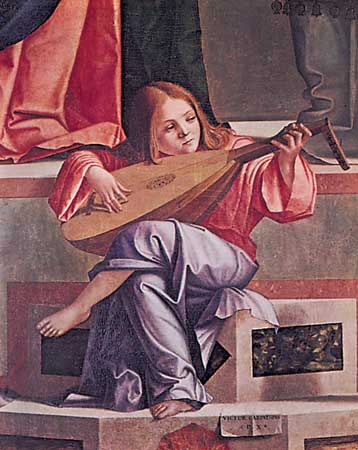 the music calendar is always full: first, several very interesting composers, including three Russians: Mily Balakirev of the Mighty Five fame, Nikolai Medtner, whose piano music gained in popularity lately and the ever popular Alexander Scriabin; our personal favorite, the French composer Francis Poulenc; Giovanni Battista Pergolesi, the Italian who lived a tragically short life but left us a tremendous Stabat Mater, and the German Romantic Max Bruch. One of Bruch’s most popular pieces was the Kol Nidrei, for cello and orchestra, which uses the setting of the eponymous Jewish prayer for the Yom Kippur service. Even though Bruch had not a drop of Jewish blood in him, the Nazis prohibited his music on the assumption that only a Jew could compose such a piece.
the music calendar is always full: first, several very interesting composers, including three Russians: Mily Balakirev of the Mighty Five fame, Nikolai Medtner, whose piano music gained in popularity lately and the ever popular Alexander Scriabin; our personal favorite, the French composer Francis Poulenc; Giovanni Battista Pergolesi, the Italian who lived a tragically short life but left us a tremendous Stabat Mater, and the German Romantic Max Bruch. One of Bruch’s most popular pieces was the Kol Nidrei, for cello and orchestra, which uses the setting of the eponymous Jewish prayer for the Yom Kippur service. Even though Bruch had not a drop of Jewish blood in him, the Nazis prohibited his music on the assumption that only a Jew could compose such a piece.
And then there is the remarkable coincidence of three pianists being born on the same day, January 5th - and not just any pianists but three of the greatest ones to play in the late 20th – early 21st century: Arturo Benedetti Michelangeli, Alfred Brendel, and Maurizio Pollini. We wrote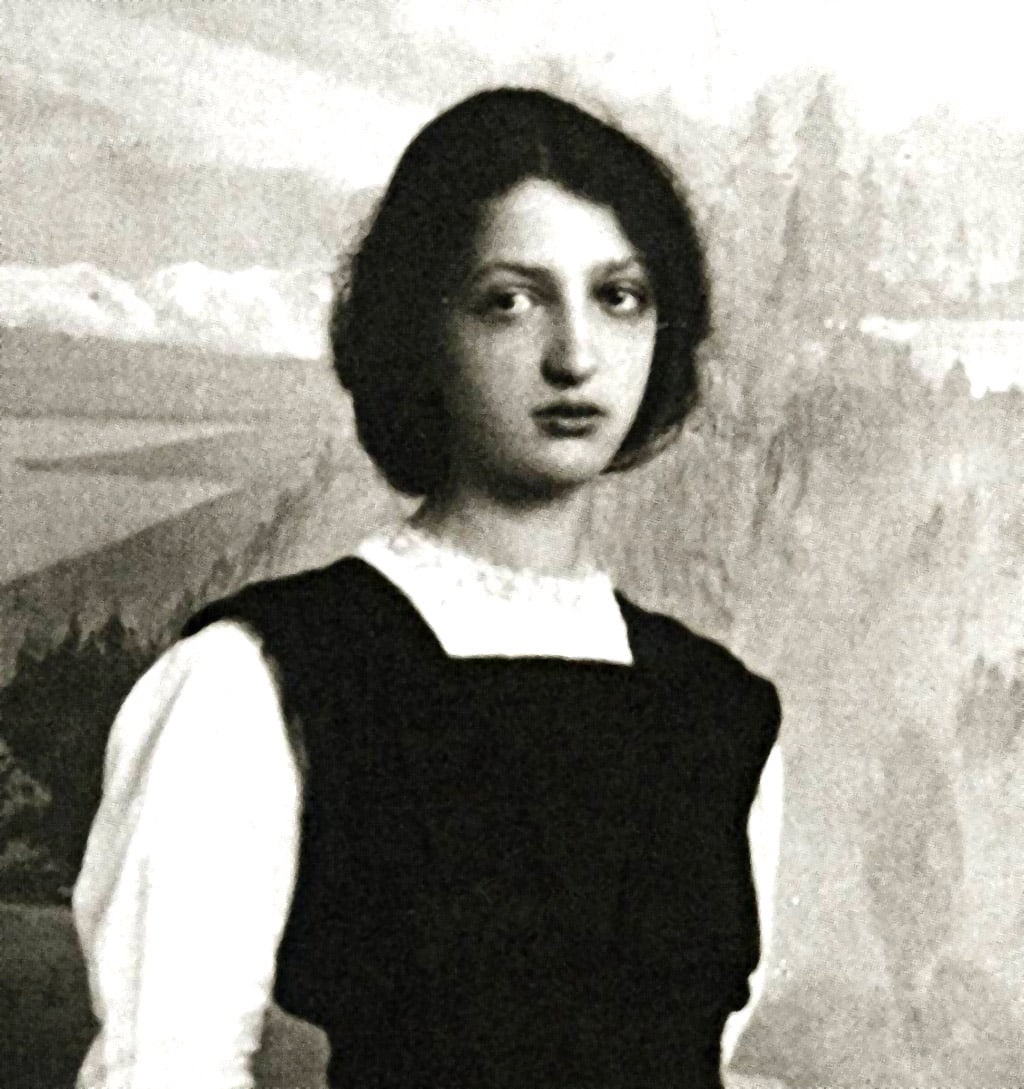 about them recently. And then there is another anniversary of a talented pianist: her name is Clara Haskil. Haskil was born in Bucharest, Romania, on January 7th of 1895. Exceptionally gifted, she entered the Bucharest conservatory at the age of six. One year later she moved to Vienna where she studied with Richard Robert, a pianist and noted music teacher, among whose students were Rudolf Serkin and George Szell. At the age of ten Clara went to Paris where she joined Alfred Cortot’s class. At the age of 15 she graduated with the Premier Prix. She embarked on the career of a piano virtuoso, but soon was hospitalized with severe scoliosis, spending the next four years in a hospital. She later resumed her career, even though she developed extreme stage fright, touring Europe and playing in New York in 1924. In 1933 she played Brahms’s Second Piano Concerto with Stokowski and the Philadelphia Orchestra to huge critical acclaim. But health problems (in addition to several operations on her spine, she had one for a tumor on the optic nerve) combined with the stage fright rarely allowed her to perform; as a result she was barely known, even in Europe. In 1941, with Paris occupied by the Nazis, she fled the city and a year later made it to Vevey, Switzerland. Critical acclaim came to Haskil only in 1949 after a series of concerts in the Netherlands. In 1951 she played her first concert in London’s Wigmore Hall. In 1957 she was made, belatedly, a Chevalier of the Legion d'Honneur. Clara Haskil was a supreme interpreter of the piano music of Mozart; critics said that she played with “profound simplicity.” Clara Haskil died in Brussels on December 7th of 1960 after falling on the steps of the Brussels-South railway station. Here is Clara Haskil playing Mozart’s Piano Concerto no. 24; Igor Markevitch is conducting Orchestre des Concerts Lamoureux. This recording was made one month before Haskil’s death, in November of 1960.Permalink
about them recently. And then there is another anniversary of a talented pianist: her name is Clara Haskil. Haskil was born in Bucharest, Romania, on January 7th of 1895. Exceptionally gifted, she entered the Bucharest conservatory at the age of six. One year later she moved to Vienna where she studied with Richard Robert, a pianist and noted music teacher, among whose students were Rudolf Serkin and George Szell. At the age of ten Clara went to Paris where she joined Alfred Cortot’s class. At the age of 15 she graduated with the Premier Prix. She embarked on the career of a piano virtuoso, but soon was hospitalized with severe scoliosis, spending the next four years in a hospital. She later resumed her career, even though she developed extreme stage fright, touring Europe and playing in New York in 1924. In 1933 she played Brahms’s Second Piano Concerto with Stokowski and the Philadelphia Orchestra to huge critical acclaim. But health problems (in addition to several operations on her spine, she had one for a tumor on the optic nerve) combined with the stage fright rarely allowed her to perform; as a result she was barely known, even in Europe. In 1941, with Paris occupied by the Nazis, she fled the city and a year later made it to Vevey, Switzerland. Critical acclaim came to Haskil only in 1949 after a series of concerts in the Netherlands. In 1951 she played her first concert in London’s Wigmore Hall. In 1957 she was made, belatedly, a Chevalier of the Legion d'Honneur. Clara Haskil was a supreme interpreter of the piano music of Mozart; critics said that she played with “profound simplicity.” Clara Haskil died in Brussels on December 7th of 1960 after falling on the steps of the Brussels-South railway station. Here is Clara Haskil playing Mozart’s Piano Concerto no. 24; Igor Markevitch is conducting Orchestre des Concerts Lamoureux. This recording was made one month before Haskil’s death, in November of 1960.Permalink
This Week in Classical Music: December 28, 2020. New Year of 2021. Happy New Year to everyone and good riddance to 2020, which turned out to be quite a rotten year. That horrible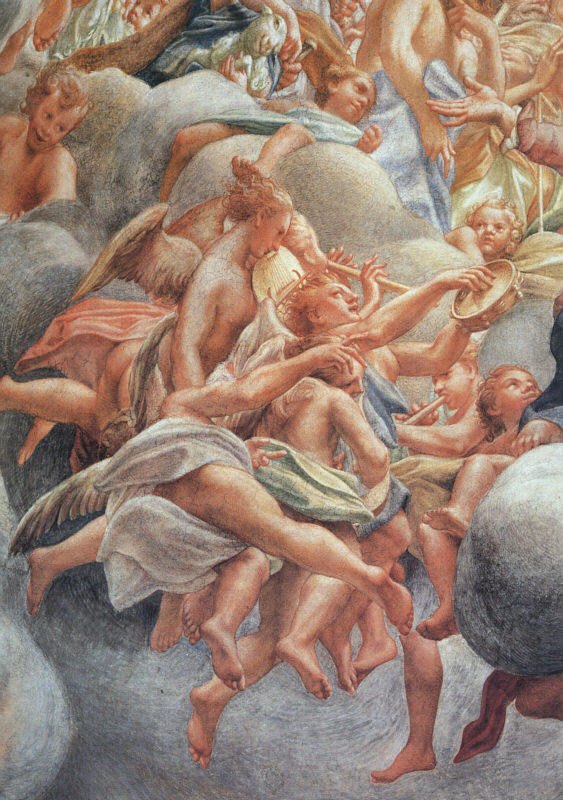 virus turned everybody’s life upside down, and then, among the losses and deprivation, the social madness took over. Now that the vaccine is here and being deployed, albeit slowly, there’s no way 2021 could be as crazy as 2020. Compared to the general mayhem and tragedies, little personal peeves don’t count for much; but we do have one disappointment, even if a minor one: for a number of years, we’ve been celebrating the holiday season playing parts of Bach’s Christmas Oratorio, and have been looking forward to playing more. But all good things come to an end, and this year we’ll be playing the last part of it, Part VI, which Bach composed for the day of Epiphany. In 1635, when it was performed, Epiphany was celebrated on January 6th. Even though the church calendar has become a bit more complicated since then, the 2021 Epiphany is still be celebrated on January 6th.
virus turned everybody’s life upside down, and then, among the losses and deprivation, the social madness took over. Now that the vaccine is here and being deployed, albeit slowly, there’s no way 2021 could be as crazy as 2020. Compared to the general mayhem and tragedies, little personal peeves don’t count for much; but we do have one disappointment, even if a minor one: for a number of years, we’ve been celebrating the holiday season playing parts of Bach’s Christmas Oratorio, and have been looking forward to playing more. But all good things come to an end, and this year we’ll be playing the last part of it, Part VI, which Bach composed for the day of Epiphany. In 1635, when it was performed, Epiphany was celebrated on January 6th. Even though the church calendar has become a bit more complicated since then, the 2021 Epiphany is still be celebrated on January 6th.
We know that Bach recycled many of his earlier cantatas, sometimes the secular ones, into the Christmas Oratorio, but the music written for the Epiphany was original, though even here there is a caveat: the very first choir probably came from a cantata written by Bach in 1631 to celebrate the birthday of one Joachim Friedrich von Flemming, a nobleman and governor of Leipzig. Only this chorus of the older cantata exists in this recycled form, the rest of the music was lost. The leading cheerful line of the original text, So kämpfet nur, ihr muntern Töne, (So fight, you lively tones) became a much more somber (and strange, we have to admit) Herr, wenn die stolzen Feinde schnauben (Lord, when our insolent enemies snarl), although the music stayed quite lively. In any event, the resulting cantata, the sixth part of the Christmas Oratorio, is a delight, and you can listen to it here, as performed by the English Baroque Soloists and the Monteverdi Choir under the direction of John Eliot Gardiner.
Happy New Year!Permalink
This Week in Classical Music: December 21, 2020. Christmas is coming! We want to wish a very merry Christmas to all our listeners, and to celebrate the holiday, we decided to play several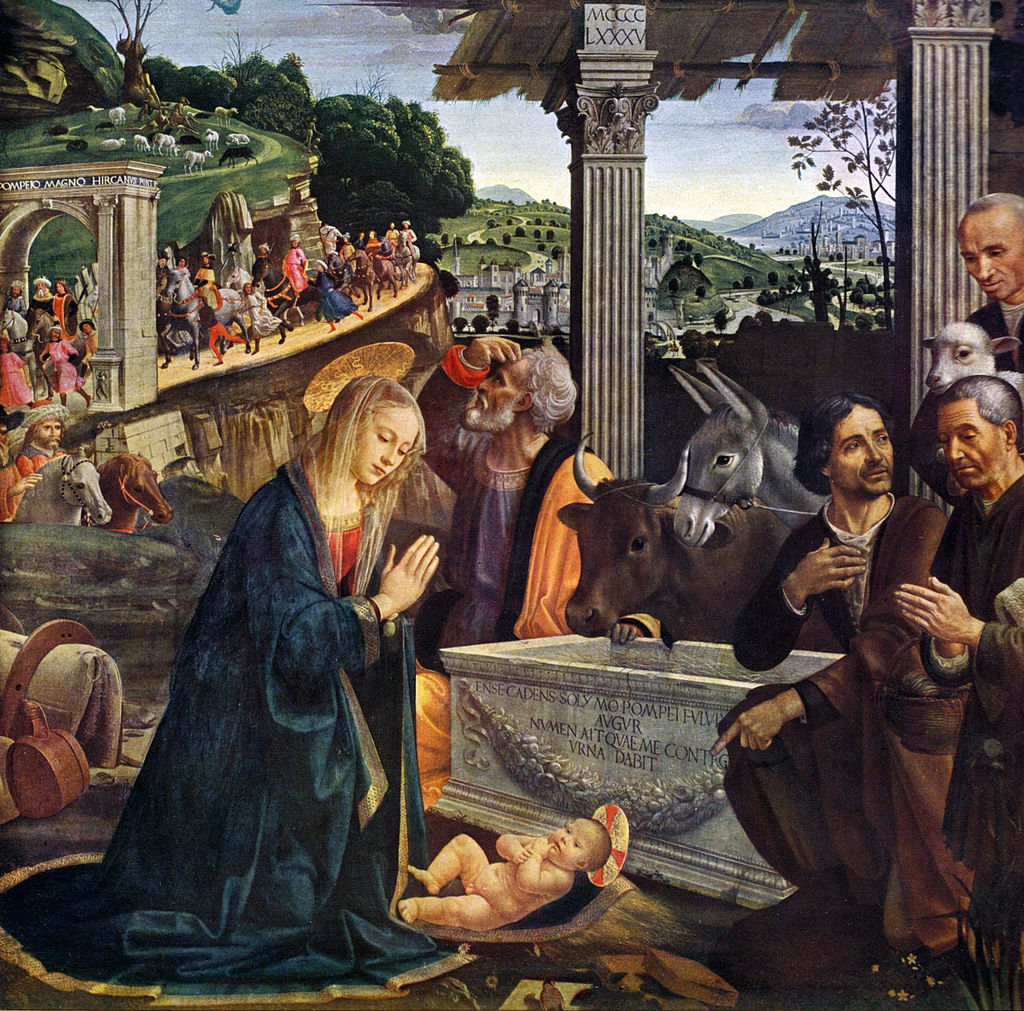 Christmas pieces from the Baroque period. In the past, we’ve done something similar with music from the Renaissance, so we’re moving forward on the classical music timeline. We start with a simple song, or rather a hymn, by the German composer Michael Praetorius called Uns ist ein Kindlein heut geborn (This day to us a Child is born). It was published in 1609. Here it is performed by the Gabrieli Consort under the direction of Paul McCreesh.
Christmas pieces from the Baroque period. In the past, we’ve done something similar with music from the Renaissance, so we’re moving forward on the classical music timeline. We start with a simple song, or rather a hymn, by the German composer Michael Praetorius called Uns ist ein Kindlein heut geborn (This day to us a Child is born). It was published in 1609. Here it is performed by the Gabrieli Consort under the direction of Paul McCreesh.
Eleven years later another German composer, Samuel Scheidt, who knew and worked with Praetorius, composed a hymn Puer natus in Bethlehem (A child is born in Bethlehem). This was a very popular text, and Praetorius also set it to music, not once but three time. Scheidt’s version is sung by the Sølvguttene ("The Silver Boys") choir from Norway under the direction of Fredrik Otterstad, here.
Heinrich Schütz was a more famous contemporary of Scheidt’s. One of his late works is The Christmas Story (Schütz was 75 when the Story was premiered in Dresden in 1660). The text was taken from Martin Luther’s version of the Gospels. You can listen to it here, in the performance by the Westfalishe Kantorei conducted by Wilhelm Ehmann.
Let’s move half a century forward. Georg Philipp Telemann, yet another German, was one of the most prolific composers in the history of music, and of course he had to write some music for Christmas. In fact, he wrote quite a bit of it: three Christmas Cantatas and one Oratorio. The cantatas were composed in1716-1717, while Telemann was serving as the municipal music director in Frankfurt; despite the designation of his position, Telemann continued to write church music as well. Here’s the first of the three Christmas cantatas, Uns ist ein Kind geboren (Unto us a child is born). Paul Dombrecht leads the ensemble Il Fondamento. It is interesting that the text, written by one Erdmann Neumeister, a writer and theologian, was picked up by another composer who also used it to write a cantata. It was most likely first performed in Leipzig in 1720. For a long time, it was assumed that the author is Johann Sebastian Bach, and the cantata even has a Bach catalog number, BWV 142. Based on tmusicological analysis, it has since been determined that it most likely wasn’t Bach; and the alternative authorship by Johann Kuhnau, who was then the Kantor at Thomaskirche, is now also disputed. Whoever the composer is, it’s a lovely piece of music; you can judge it for yourself (here); Jochen Grüner conducts the ensemble I Febiarmonici.Permalink